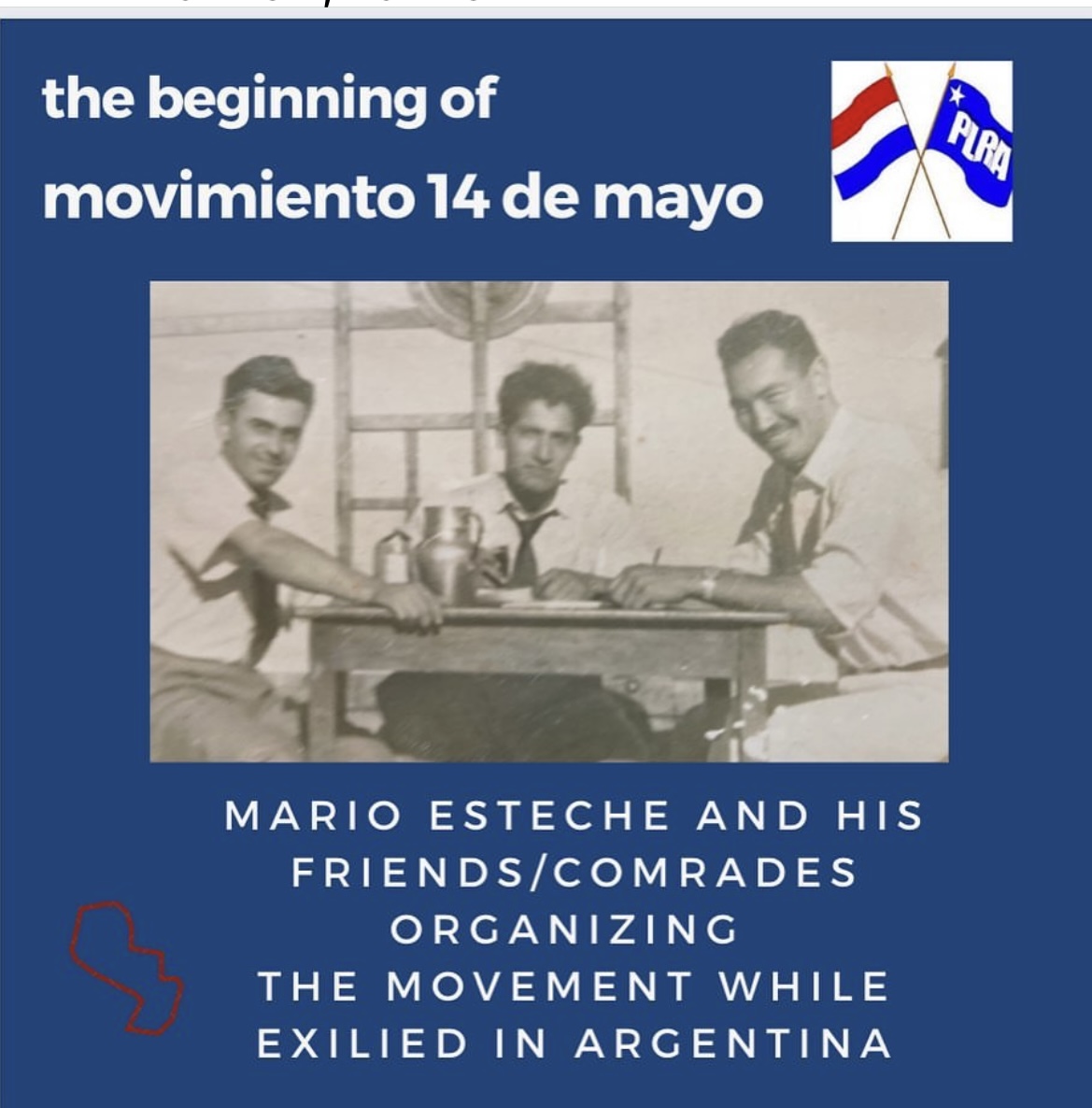Delicia Alarcon
Class 4: October 2 Class Response
dda8357@nyu.edu
Memory, Family, Body, and Photographs
This week’s topics and themes on memory, the body as a site of memory, family, intergenerational, transgenerational memory really supported me in processing my own research and archival work. When Paul Connerton states “do something that traps and holds information long after the human organism has stopped informing” (73) resonated with me and the notion to capture and encapsule memory. The urge and deep desire to encapsulate memory through a contained medium – art, stories, performance, the physical body. I kept going back to last week’s reading and the body keeps the score text – the body as an archive. His work on how societies remember deeply connects to bodily practices and how the body remembers. Connected to Marianne Hirsch and the text “The Generation of Postmemory” brings up the family gaze as a theme to disrupt and problematize. The unit of family is also like Paul Connerton states– a human organism. This notion of family gaze really struck me because as my work revolves around my grandfather’s legacy and subsequently my legacy as the 3rd generation – I couldn’t help but think about this deeply. As Marianne Hirsch states, “these “acts of transfer”, to use Paul Connerton’s term, not only transform history into memory, but enable memories to be shared across individuals and generations” (31). My whole life I have been involved in these “acts of transfer” when I listened to my grandfather retell his stories, while I read his books, and listened to my mother and grandmother also recount events during that time period. The Transmission of memory or living connection could be divided into two like Marianna Hirsch explains with the Institutionalized archival memory through books, archives and Communicative memory which is cultural memory (32). My grandfather actively engaged with archival and institutionalized memory by making the choices to write his books. As I move through my work I can adapt this thinking about communicative memory and cultural memory. Marianna goes on to say, “throughout this book, however, I argue that postmemory is not an identity position but a generational structure of transmission embedded in multiple forms of mediation. Family life, even in its most intimate moments, is entrenched in a collective imaginary shaped by public, generational structures of fantasy and projection and by a shared archive of stories and images that inflect the broader transfer and availability of individual and familial remembrance (33). This quote deeply struck me because I often reflect on notions around perhaps romanticizing my grandfather’s young adulthood life. There is this image that I share often in my work. The image is of him and his classmates meeting to discuss next steps while in exile. In reading Marianne Hirsch I realized how my identity position within this generational structure of fantasy, family gaze, and public imagination intersect and are working to create a new form of collective identity and memory.
Image for Reference:
As I moved through the readings, images, body, and form kept coming up as themes to unpack. I loved looking through the Artwork: Rosana Paulino (Brazil), “Assentamento”. What struck me the most was the contorting of the physical body to elicit some type of affective response. This particular image really struck me because the image has an encapsulated form over the physical body. I kept asking myself: What types of affective experience does this imagery give the viewer? What memory or collective memory does this produce?” The very raw form of the human body also means something. The Body as a space to encapsulate memory. This connects to Marianne Hirschs piece on “Why Photographs”
What is more, in Paul Connerton’s useful terms, photography is an
“inscriptive” (archival) memorial practice that, one could argue, retains
an “incorporative” (embodied) dimension; as archival documents that
inscribe aspects of the past, photographs give rise to certain bodily acts
of looking and certain conventions of seeing and understanding that
we have come to take for granted but that shape, seemingly re-embody,
and render material, the past we are seeking to understand and receive (38).
In addition, Sight, Jill Bennett has argued, is deeply connected to “affective memory”: “Images have the capacity to address the spectator’s own bodily
memory; to touch the viewer who feels rather than simply sees the event,
drawn into the image through a process of affective contagion… Bodily
response thus precedes the inscription of narrative, or moral emotion of empathy” (39). Therefore, the body, the family, images, and archives are all sites of memory and they work together to create collective memory throughout all generations in this “Post memory” societal moment.

